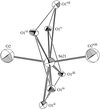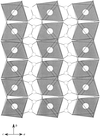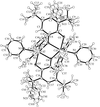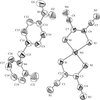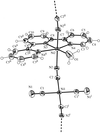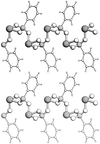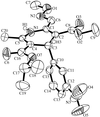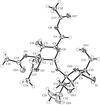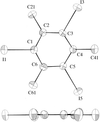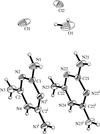issue contents
September 2001 issue

Cover illustration: ![[pi]](/logos/entities/pi_rmgif.gif) -Facial selectivities of diastereotopic ketones: p-bromobenzoates of 4-hetero-1-decalinols. View of the molecular structure of trans-4-oxa-1-decalinyl p-bromobenzoate with the atom-numbering scheme and 30% probability displacement ellipsoids. H atoms are shown as small spheres of arbitrary radii. See Parvez, Yadav & Balamurugan [Acta Cryst. (2001), C57, 1084-1088].
-Facial selectivities of diastereotopic ketones: p-bromobenzoates of 4-hetero-1-decalinols. View of the molecular structure of trans-4-oxa-1-decalinyl p-bromobenzoate with the atom-numbering scheme and 30% probability displacement ellipsoids. H atoms are shown as small spheres of arbitrary radii. See Parvez, Yadav & Balamurugan [Acta Cryst. (2001), C57, 1084-1088].
inorganic compounds










metal-organic compounds




































organic compounds
















































 journal menu
journal menu












